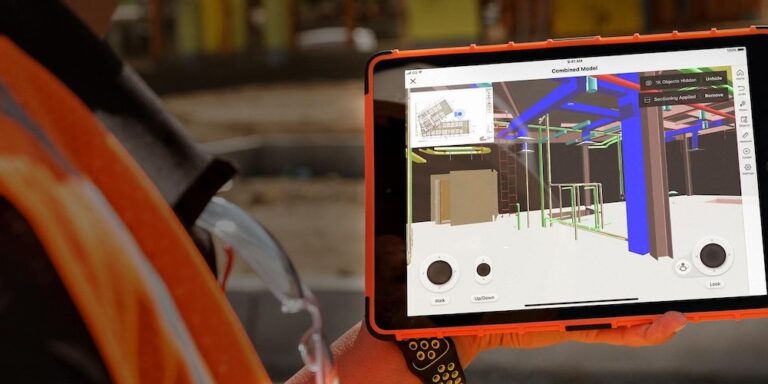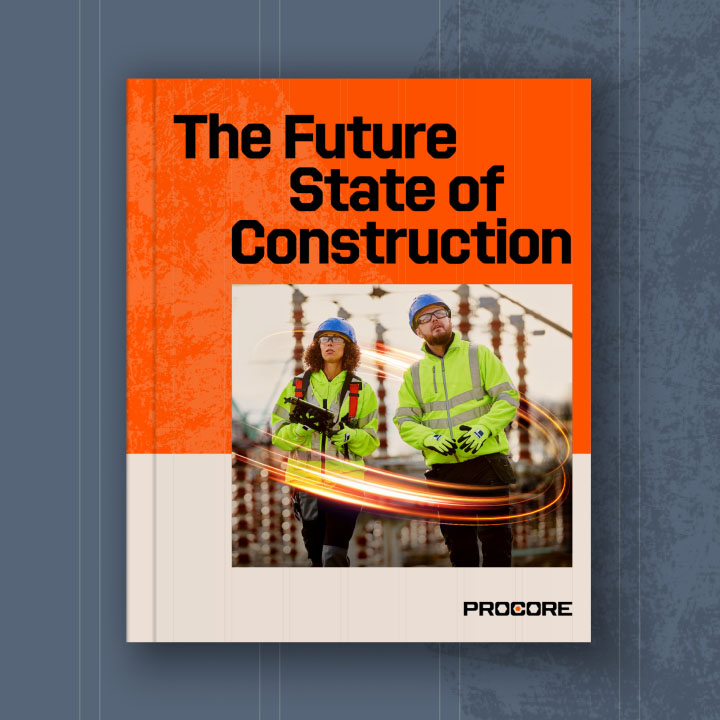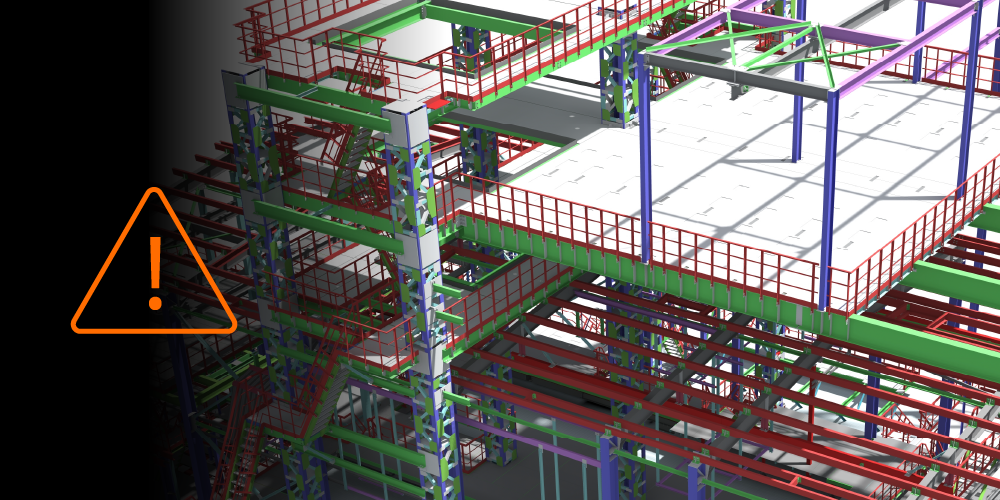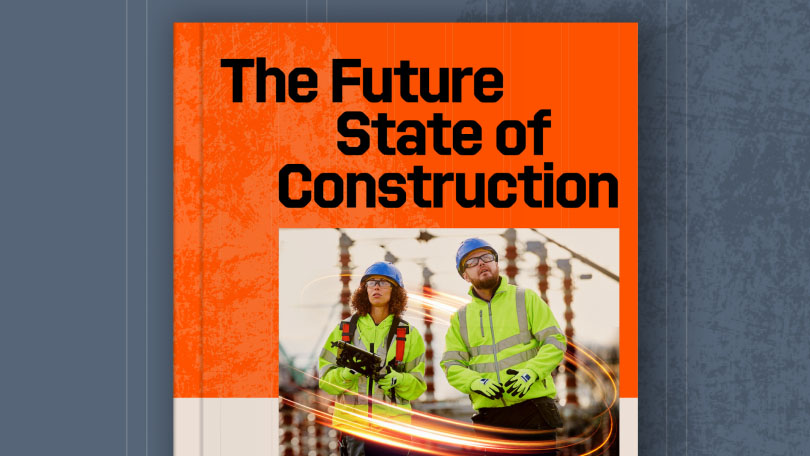Related Articles
— 5 min read
7 Benefits of BIM in Construction

Last Updated Sep 10, 2025

Brendan McGurk
Strategic Product Consultant - Construction Financials
20 articles
"Brendan is a Strategic Product Consultant for Procore Financials, where he enjoys leading and innovating internal company processes to deliver on both public and private projects. He brings 12 years of experience working in various construction roles ranging from builder's hand to quantity surveyor and project manager on both the owner and main contractor side.
Originally studying Accounting, he changed direction to quantity surveying after the Christchurch Earthquake in 2011. He is now qualified and an NZIQS-recognised Quantity Surveyor. He’s since worked on projects from feasibility, concept design, and value engineering right through to construction and post-construction support.
Last Updated Sep 10, 2025

Builders have always relied on precisely-designed sets of plans to build great buildings. But as the construction industry rapidly digitises to keep up with the growing demands and complexities of modern projects, productivity has remained a key concern. Industry growth percentages have lagged behind the total world economy for decades, with project delays and broken budgets as key drivers.
To combat rework and cost overruns, the adoption of Building Information Modelling (BIM) technology has surged over the years, thanks to advancements in 3D modeling and gaming-powered software that made full-3D plans a reality. Although there are many BIM solutions to choose from, most are difficult to use, inaccessible to the field, require advanced technical training, or don’t integrate with project management solutions. As BIM shifts from a nice-to-have to a necessity, those who fail to evaluate and leverage these benefits are at risk of falling behind in a rapidly-evolving industry.
Table of contents
BIM in Construction: The Basics
BIM solutions enable head contractors, speciality contractors and owners to virtually build a structure before construction even begins. While BIM methodologies have been around the construction industry for over 20 years, many companies don't realise the full benefits of BIM because they fail to gain adoption of software point solutions they deploy. BIM reduces rework and keeps projects moving by giving reliable access to 3D models and empowering site managers, foremen and the trades to do their best work.
7 Benefits of BIM for Construction Management
BIM offers benefits throughout a project's lifecycle, from preconstruction through to closeout. Below are seven key benefits for project managers and jobsite teams.
1. Better Planning
4D BIM is an invaluable programming and planning tool. Blending programming data with a 3D information model gives stakeholders a holistic end-to-end image of a project. This helps management teams to detect clashes before they occur and build out plans with valuable insights in mind.
2. Improved Collaboration
BIM gives all stakeholders—from the office to the site—a shared view of a project and breaks down information silos. Since architecture and design are hyper-iterative processes that used to be very manual, reliable access to shared information is more important than ever today. If architects, structural engineers and builders are all viewing different pieces of information and working off different templates, a miscommunicated change could lead to a tangled web of information. Reliable access to 3D coordinated models and shop drawings ensures teams have the insights and tools they need to design and implement projects more effectively.
3. Better Cost Estimation
Cost estimation can be a time-consuming, error-prone, and stressful part of the construction process due to the sheer amount of information that needs to be measured, stored, analysed and shared. If this isn’t completed in a timely manner, project managers can’t take appropriate corrective actions to prevent rework and cost overrun. A 5D estimate is a BIM that links 3D components with time schedule (4D BIM) constraints and cost-related information. Enabling teams to make virtual assessments between design, activities and cost during preconstruction.
4. More Efficient Building
BIM gives teams access to 3D coordinated models and shop drawings that can be easily compared to site conditions. More trust and buy-in of the model early on means clearer expectations and less rework later. Jeremy Felix from Okland Construction puts it best, “Once we’ve got things coordinated in the model using the Coordination Issues tool and the trades are viewing the model using the Models tool, they’ll install their items in the proper coordinated space. That prevents rework.”
5. Reduced Risk
BIM helps to reduce risk by equipping teams with the tools they need to confidently compare site conditions to 3D models and 2D drawings. Take it from Haselden Construction: “They can see that tangible number in front of them...these VDC guys probably saved us $100,000 on a project because we didn’t have to do all this rework—which means we didn’t have to reorder materials, we didn’t have to respend man-hours, and we didn’t have to extend our schedule.”
Thanks to the power of BIM, projects stay on track and budgets remain sound.
6. Improved Safety
Rework can lead to accidents and injuries on the worksite. With BIM technology, teams are equipped with the tools they need to plan ahead and efficiently react to surprises in the field. Empowering site managers, foremen and the trades to do their best work means less careless errors from rushing or trying to cut corners. The end result is higher-quality projects, increased productivity and improved worksite safety.
7. Smoother Project Closeouts
Rework and project delays can set a project back significantly. 6D BIM drives better business outcomes by linking attribute data to support facilities management and operation. This data—from component manufacturers, installation dates, required maintenance, configuration details for optimal performance, energy performance and more—makes project data easily digestible.
With paper files, some details could have easily gone unnoticed. 6D BIM ensures data is interrogated graphically and can be leveraged for future building construction. Seamless decision-making during the design process means more proactive planning, and ultimately smoother project closeouts.
The Future of BIM
With today’s fast timelines, tight margins and growing expectations, businesses can no longer afford to lose time and money to miscommunication and poor collaboration. BIM offers a glimpse into the future of a project and a chance to remedy issues before they become a reality.
3D BIM only scratches the surface on what this technology has to offer. Augmented BIM models ranging from 4D (programming data), 5D (cost and material estimations), 6D (sustainability), 7D (facility management), and 8D (occupational health) are transforming building information modelling into building information optimisation. When you factor in other new technologies such as VR and Computation Design, you can create an even more immersive modelling environment to generate information even faster.
In a world that is always on the edge of innovation, the future of BIM is bright.
See what’s coming in construction over the next decade.
Download the Future State of Construction Report for insights, trends, and innovations shaping the industry over the next 8–10 years.

Categories:
Written by

Brendan McGurk
Strategic Product Consultant - Construction Financials | Procore
20 articles
"Brendan is a Strategic Product Consultant for Procore Financials, where he enjoys leading and innovating internal company processes to deliver on both public and private projects. He brings 12 years of experience working in various construction roles ranging from builder's hand to quantity surveyor and project manager on both the owner and main contractor side.
Originally studying Accounting, he changed direction to quantity surveying after the Christchurch Earthquake in 2011. He is now qualified and an NZIQS-recognised Quantity Surveyor. He’s since worked on projects from feasibility, concept design, and value engineering right through to construction and post-construction support.
Explore more helpful resources

Managing Direct Costs in Construction: How Visibility Drives Profitability
Direct costs define the financial reality of every construction project. They cover the labour, materials, and equipment that drive delivery and determine profitability. But even the best-planned budgets can shift...

BIM Clash Detection: Reducing Rework, Delays, and Risk in Construction
Design clashes can be a significant hidden cost in construction, as each conflict between systems risks expensive rework, project delays, and reduced margins. BIM clash detection empowers teams to identify...

Next-Gen Job-Costing: Ready to Move? 5 Things to Consider Before You Get Started
In this three-part series, Quantity Surveyor turned Financial Solutions Specialist Clint Burgess uncovers the real-world gains for people, processes, and profits when businesses move from legacy to next-generation Enterprise Resource...

From Workarounds to Workflow: Solving Construction’s Legacy Job-Costing System Challenges with Next-Gen Tools
In this three-part series, Quantity Surveyor turned Financial Solutions Specialist Clint Burgess uncovers the real-world gains for people, processes, and profits when businesses move from legacy to next-generation Enterprise Resource...
